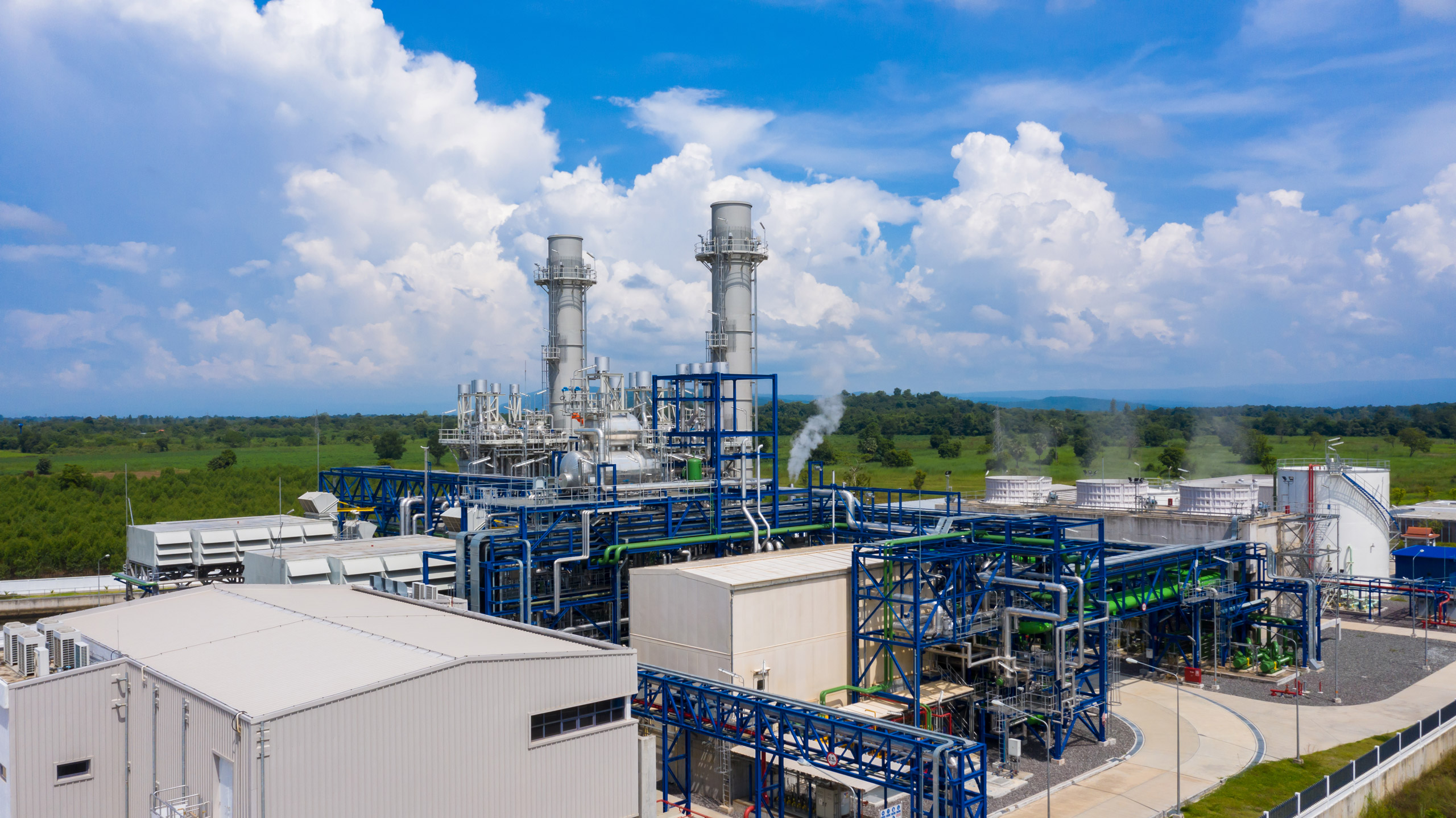
Duration: 1.00 Hrs
Course Level: Intermediate
Languages: English
Capability: Audio, Video, MobileReady
In this program, we’ll cover some problems that can occur during operation of a simple cycle combustion turbine that drives an electric generator, and we’ll see how operators can deal with these problems. We’ll look at problems that can occur during startup and shutdown. We’ll also look at some of the abnormal conditions that can occur within the different component sections of the turbine generator unit, and its support systems.
By the end of this course, you will be able to:
Topic 1 – Startup and Shutdown Problems
When you complete your training, you should be able to:
Startup
Shutdown
Topic 2 – Abnormal Conditions
When you complete your training, you should be able to:
Inlet Air System and Compressor Section
Fuel System and Combustion Section
Turbine Section and Generator
Other Support Systems
Duration: 2.00 Hrs
Course Level: Intermediate
Languages: English
Capability: Audio, Video, MobileReady
In this course, we’ll focus on operator responsibilities that are typically associated with the normal operation of a simple cycle combustion turbine that drives an electric generator. We’ll see pre-startup checks that operators perform, and we’ll look at steps involved in starting up the unit and then shutting it down. We’ll also identify conditions that operators monitor during normal turbine operation, and we’ll cover some routine inspection and maintenance tasks that operators may perform.
By the end of this course, you will be able to:
Duration: 2.00 Hrs
Course Level: Intermediate
Languages: English
Capability: Audio, Video, MobileReady
In this course, we will focus on the components that make up a typical combustion turbine, including those related to the intake and compression of the inlet air, the combustion of the fuel/air mixture, and the expansion of hot combustion gases through and out of the turbine.
By the end of this course, you will be able to:
Duration: 2.00 Hrs
Course Level: Intermediate
Languages: English
Capability: Audio, Video, MobileReady
In this course, we will focus primarily on combustion turbines that drive electric generators. From this perspective, we will go over the general principles of operation for a combustion turbine. We will look at the fundamentals of how combustion turbines work. We will examine factors that affect turbine efficiency, and we will see some of the many different applications in which combustion turbines are used.
By the end of this course, you will be able to:
Duration: 2.00 Hrs
Course Level: Intermediate
Languages: English
Capability: Audio, Video, MobileReady
In this course, we will focus on several vital support systems that are associated with combustion turbines including the inlet air system, the lubricating oil system and the starting system, and different types of fuel systems.
By the end of this course, you will be able to:
Duration: 2.00 Hrs
Course Level: Intermediate
Languages: English
Capability: Audio, Video, MobileReady
In this course, we’ll cover three support systems that are critical for safe and efficient operation of a combustion turbine. These are the control system, the fire protection system, and the environmental system.
By the end of this course, you will be able to: